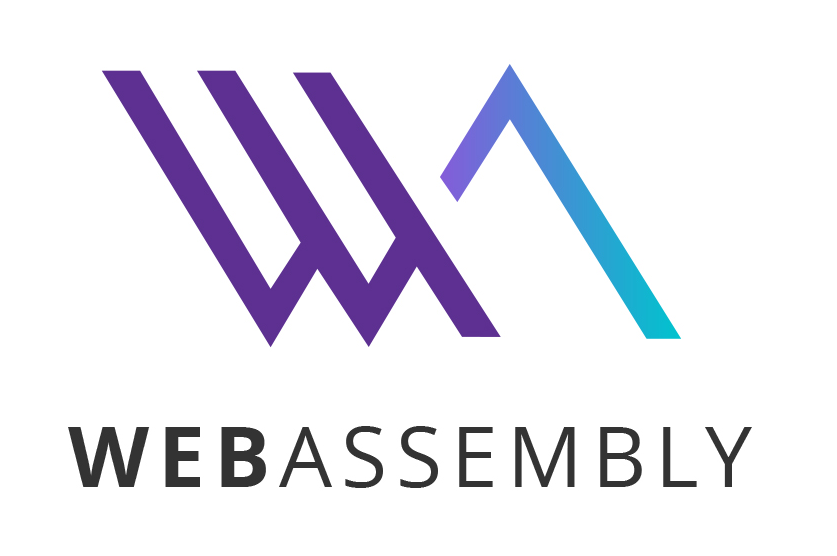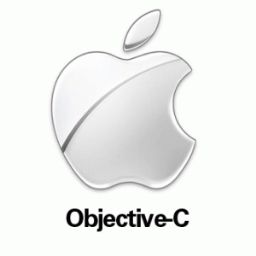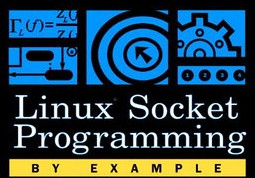Understanding WebAssembly

WebAssembly or wasm is a new portable, size- and load-time-efficient format suitable for compilation to the web.
Open and debuggable
WebAssembly is designed to be pretty-printed in a textual format for debugging, testing, experimenting, optimizing, learning, teaching, and writing programs by hand. The textual format will be used when viewing the source of wasm modules on the web.
Part of the open web platform
WebAssembly is designed to maintain the versionless, feature-tested, and backwards-compatible nature of the web. WebAssembly modules will be able to call into and out of the JavaScript context and access browser functionality through the same Web APIs accessible from JavaScript. WebAssembly also supports non-web embeddings.
WebAssembly is:
An improvement to JavaScript: Implement your performance critical stuff in wasm and import it like a standard JavaScript module.
A new language: WebAssembly code defines an AST (Abstract Syntax Tree) represented in a binary format. You can author and debug in a text format so it’s readable.
A browser improvement: Browsers will understand the binary format, which means we’ll be able to compile binary bundles that compress smaller than the text JavaScript we use today. Smaller payloads mean faster delivery. Depending on compile-time optimization opportunities, WebAssembly bundles may run faster than JavaScript, too!
A Compile Target: A way for other languages to get first-class binary support across the entire web platform stack.







